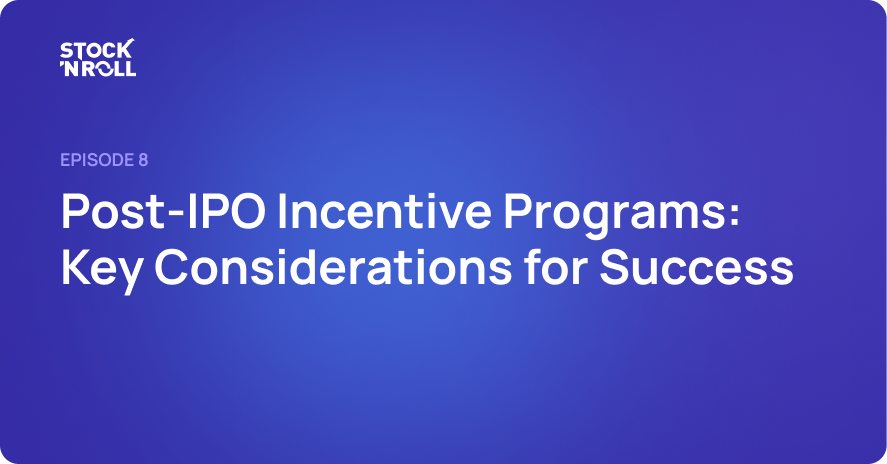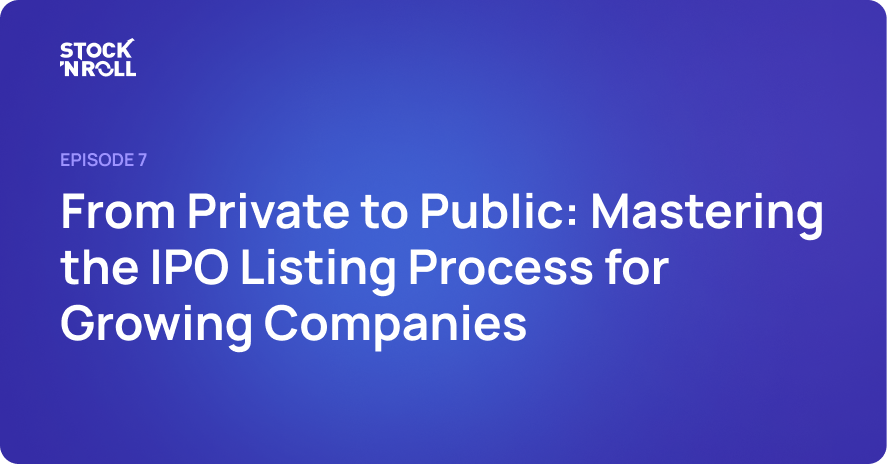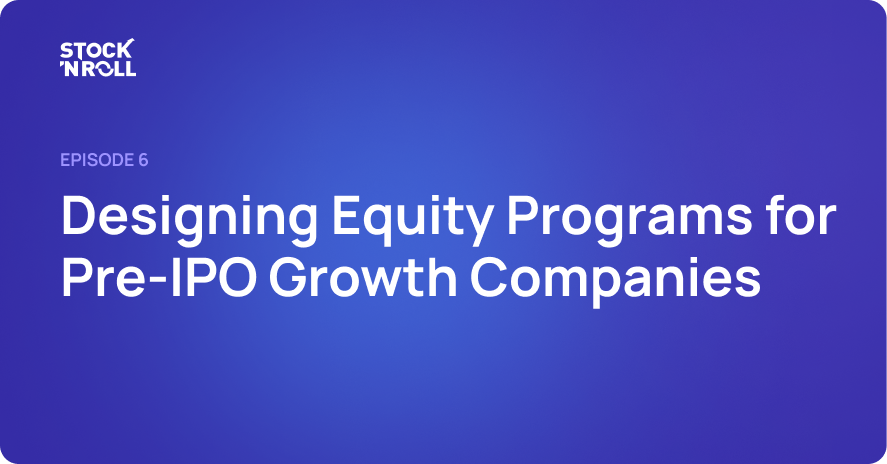Written by Kristian Piippo
Annual General Meetings (AGMs) can be an exciting time for companies as they provide an opportunity to share updates with shareholders, and seek approval for important initiatives. Launching a new equity incentive program for employees is a significant initiative for many companies. However, obtaining approval for such a program can be a complex and challenging task.
In this article, we'll discuss what companies need to consider when asking for a mandate to launch a new equity incentive program at their AGM, and how to avoid common pitfalls along the way.
Consider a typical process
A typical process for seeking approval for a new equity incentive program at an AGM includes:
- Preparing a detailed proposal with your company’s internal working group (could be a compensation & benefits committee or the managers of the equity program),
- Presenting the proposal to the Board of Directors (BoD),
- Seeking feedback from shareholders (Institutional investors and large shareholders usually have an opinion on this topic),
- Revising the proposal as necessary, and
- Seeking final approval from shareholders at the AGM.
As a publicly listed company, you announce the AGM meeting for all shareholders, where you will discuss the equity incentive program for employees. It is useful to also attach a description of the program to allow voting shareholders to get familiar with the suggested program up front.
If the suggestion receives enough votes in favor, the Board receives the sufficient mandate and can proceed. The voting procedure varies depending on the jurisdiction and company classification. For companies listed on the stock exchange, it is typically required to have a qualified majority voting for change in the articles of association, meaning that over 2/3 of the casted votes must be in favor.
The final approval, often called a “mandate”, sets precedence for what the program will look like and how much of the company’s share capital can be spent on the equity program. The company’s program cannot deviate from the conditions set out in the mandate.
If one want to make changes, they usually need approval from the shareholders again. This is one of the common misconceptions among companies, and something we will come back to when discussing common pitfalls. A mandate usually lasts for one or two years, but is often renewed annually regardless.
Generally, the BoD is given “ownership” of the program to finalize any last details along with the allocations within the program’s limits. After approval, the next step is to implement the program, which typically involves working with HR and finance teams to create the necessary infrastructure and communicate the program to employees. Read more about how to implement and launch an equity program.
Understand your company's current equity incentive program
Before proposing a new equity incentive program, it is important to understand your company's current program and what has worked well in the past. This will help you identify areas for improvement and determine what changes need to be made. If you have not discussed with them already, consider seeking input from your HR and finance teams to help you assess your current program.
If you recently started a new program and are now asking shareholders for permission to start a new one or make changes through the AGM, be aware that you may face opposition. Investors typically prefer stability.
Evaluate your company's financial position
Before seeking approval for a new equity incentive program, it is important to evaluate your company's financial position. Consider your company's revenue, expenses, and cash flow, and assess whether a new equity incentive program is financially feasible. If your company is struggling financially, it may be difficult to secure shareholder approval for a new program.
Communicate clearly with shareholders
When presenting your proposal for a new equity incentive program at the AGM, it is important to communicate clearly with shareholders. Provide a detailed enough explanation of the program, including its objectives, the types of equity awards that will be offered, and how the program will benefit the company and its employees. Be sure to address any questions or concerns that shareholders may have and be transparent about the potential costs associated with the program.
When developing the presentation material for the AGM, you may also want to consult with your investor relations (IR) representative, the Board, or others with good knowledge of the shareholders to discuss how detailed information you will need. Every company is different and so is the composition of shareholders. If you have a few trusted shareholders who are aligned with the Board and have already shared their input, your presentation may not need to delve into every program detail.
Avoid common pitfalls
There are several common pitfalls to avoid when seeking approval for a new equity incentive program.
First, make sure that the program is designed to align with your company's overall business objectives. Second, be mindful of the costs associated with the program and make sure that they are reasonable and in line with industry standards. Third, be transparent about the risks associated with the program, and provide a detailed explanation of how these risks will be managed.
Remember that the structure set forth by the mandate will limit your Board to make potentially necessary changes. This often happens when a company is too rigid and detailed in their ask for a mandate; meaning that they specify parameters such as strike price, allocation, settlement method, etc. If fixating the strike price used in your e.g., option program, you have now severely constrained the flexibility of your program as future allocations in the program will most likely either have a strike above or below the share price. This may result in unintended consequences, both financially and for the objective of the program.
Contrarily, a best practice is to inform the shareholders clearly of the intention with the program, the scope of it (number of shares used) and methodologies to determine parameters like strike. This way the shareholders can clearly understand consequences like dilution, while the Board still has flexibility to own the program and maximize its effectiveness.
In conclusion, seeking approval for a new equity incentive program at an AGM can be a complex and challenging process. However, by understanding your company's current equity incentive program, evaluating your company's financial position, communicating clearly with shareholders, avoiding common pitfalls, and following a typical process, companies can increase their chances of success.
With the right approach, a new equity incentive program can be a valuable tool for attracting and retaining top talent and driving growth and success for the company.
Get in touch with us today to learn more about how we can support you before, during and after the AGM!


